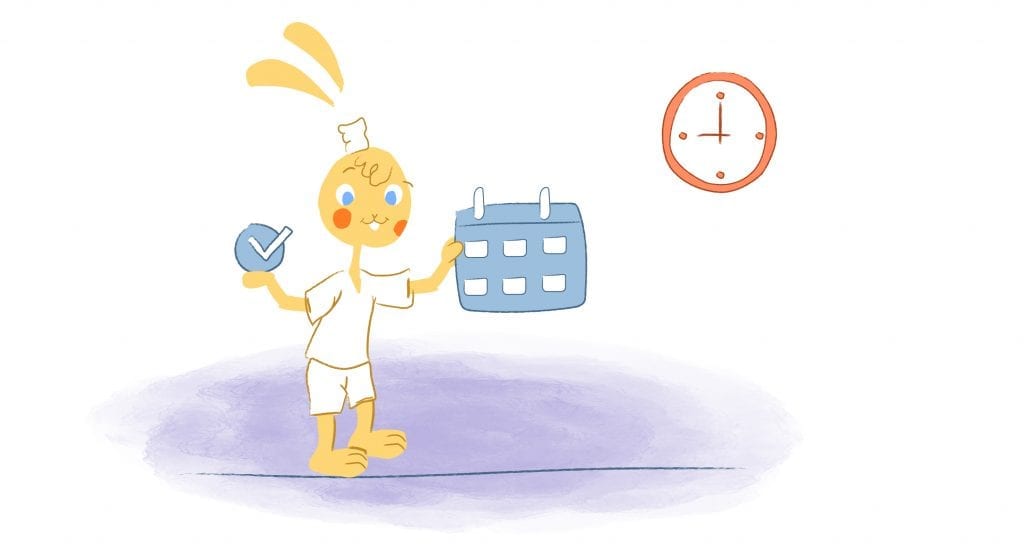

Jim Rohn once said, “Happiness is not something you postpone for the future; it’s something you design for the present.” But how did he design a happy life?
That’s all well and good. But, isn’t that easier said than done – especially when there are daily roadblocks preventing you from becoming the happy individual that you want to be?
Turns out Rohn was pretty spot on as long as you take the reins and design your happy life.
Want to Design a Happy Life? Start by Implementing These 10 tips.
1. Do a Happiness Audit.
Paul Dolan, is a professor at the London School of Economics, a government policy advisor and one of the world’s leading happiness scholars.
Dr Dolan suggests that instead of focusing on your daily happiness levels, your take one day a week or month to observe yourself. “It’s about tuning in to what you are doing, who you are doing it with and how it makes you feel,” Dolan tells Fast Company.
“How much worry, stress, anger, joy or contentment do you experience on a given day?” After his audit, Dolan noticed that he got more pleasure out of listening to music on his commute than checking his emails or listening to a podcast.
This wasn’t obvious to him, but now he walks out of his with a playlist loaded on his phone.
It may at first appear like a small change, but these happiness audits could lead to bigger changes, such as recognizing that you’re unhappy at work or in your current relationship.
By conducting a happiness audit you actually confront what’s making you unhappy head-on instead of ignoring it.
2. Create an Inspiring Physical Space.
One of the easiest places to start when designing a happy life is with your physical space. Take for example your work environment.
Aren’t you less stressed and more motivated when your workspace is clean, organized, comfortable, and decorated with plants and pictures of your family?
The same idea applies to your personal life. Plants, the right paint color, and natural light can help improve our mental status.
You also want to have items, such as books, inspiring quotes, and visual elements like painting and pictures, that put a smile on your face whenever you see walk by.
3. Savor Sleep.
According to the CDC, an estimated 50-70 million US adults have sleep or wakefulness disorder. That’s a serious concern since sleep deficiency can result in everything from falling asleep while driving to increased risk of heart disease. Added to that is kidney disease, high blood pressure, diabetes, and stroke, to impairing how you learn to depression.
Simply put, if you want to have a healthy, then you need to make sure that you’re getting between 6-8 hours of quality sleep each night.
You can get a better night’s sleep by:
- Sticking to a sleep schedule.
- Getting in sync with your circadian rhythm.
- Avoiding bright screens before sleep.
- Exercising during the day.
- Not eating or drinking alcohol before bed.
- Sleeping in a dark and cool room – preferably between between 60 and 67 degrees Fahrenheit.
4. Help Others.
As noted by Jenny Santi in Time, there is a Chinese that states: “If you want happiness for an hour, take a nap. If you want happiness for a day, go fishing. You want happiness for a year, inherit a fortune. If you want happiness for a lifetime, help somebody.” Turns out that old saying is true. Helping others definitely makes you happier.
Research has found that “that giving is a powerful pathway to personal growth and lasting happiness.” In fact, thanks to MRI technology, “we now know that giving activates the same parts of the brain that are stimulated by food and sex.” And, experiments have also found “that altruism is hardwired in the brain—and it’s pleasurable.”
To make sure that you get the most out of helping others first find your passion. For some it may be volunteering at a homeless shelter, for others it may be tutoring children. It can be whatever you deeply care about.
After that, schedule in the time to give back, integrate your interests and skills with the needs of others, and only donate to reputable and transparent organizations.
5. Surprise Yourself.
Have you put on a coat or jacket, put your hand in a pocket, and found a $20? You’re pretty stoked about that, right?
We all enjoy a little surprise every now and then. And, believe it or not, there are ways that we can surprise ourselves.
For example, you could set random calendar notes that contain a short positive note or inspirational message several weeks in advance.
You could also order yourself a gift in the distant future, and by the time it arrives, you totally forgot about it.
Or give someone important to you a surprise gift, call, or visit. Their excitement of the unexpected gift is contagious and will stick to you.
6. Be Grateful.
As stated in the Harvard Mental Health Letter, “Gratitude helps people feel more positive emotions relish good experiences, improve their health, deal with adversity, and build strong relationships.” Even better? This mental state grows stronger with use and practice.
You can start to cultivate gratitude today by:
- Writing a thank-you note at least once a month to someone that has impacted your life.
- Thanking someone mentally, aka just thinking about someone who has done something nice for you.
- Keeping a gratitude journal where you write down what gifts you appreciative for the day.
- Prayer can also be used to cultivate gratitude.
- Mindfulness meditation helps you focus, and appreciate, the present.
[Related: Cultivating a Happy Workforce: 20 Ways to Enhance Employee Satisfaction and Productivity]
7. Focus On What Makes You Miserable
This may seem counterproductive, but it’s effective – according to Randy J. Paterson, a clinical psychologist and author of How to Be Miserable: 40 Strategies You Already Use. “Between the influences of our culture, our physiology, and our psychology,” Paterson writes, “it appears that striving for happiness is a tiring matter; we’re swimming against a powerful current. We might almost say that happiness in such circumstances is unnatural.”
However, if you’re aware of our own detrimental habits, we can then open up new and discover helpful behavioral pathways. Patterson tells NYMag that this is effective because, “The path upward and the path downward are usually part of the same mental terrain. So if you can isolate the things that you do that would make you feel worse — like continuing a behavior that doesn’t help you — then you can similarly isolate the things that will make you feel better.”
He adds, “Another reason this method is effective is that people can recognize they’re not as miserable as they could possibly be. That realization can be very powerful. It can give a sense of hope.”
8. Chose Who You Spend Time With.
Since emotions are contagious, the people you spend time have the ability to either raise or squander your energy and positivity. In short, choose who you spend time with wisely.
Instead of hanging out with people who only complain or who are just miserable, spend time with those who are upbeat, supportive, and inspiring.
Since you probably can’t be with them 24/7, at least be proactive and try to have quality times with them at least a couple of times a week.
9. Find a Career That’s Fulfilling.
The key here is that you find a career/job that fits your individual personality, lifestyle, and passion, as opposed to pleasing the external world. I get it. We all have bills that have to get paid. But technology has made this a reality.
That’s why so many people are opting to ditch the 9-to-5 grind and start freelancing, driving for Uber, or working only until they’re side business takes-off. In fact, it’s anticipated that by 2020 43% of the workforce will be made-up of freelancers.
10. Be Deliberate With Your Time.
Finally, in order to design a happy life you have to more deliberate with your time. It’s easy to fall into a routine. But sometimes that’s not for the best.
Instead of watching TV for 2 hours a night after dinner, read motivational books, exercise, volunteer, or learn a new hobby or skill. It takes some dedication and discipline, but all of the examples listed will help you grow as an individual, which as a result, will make you happier.
What if you believe you don’t have the time? Get creative, like reading on your morning commute or doing an office workout during your lunch break.
Don’t over-stuff your schedule with too many commitments. Learn how to say “no.” And, make the time to enjoy the small things – like the initial smell a cup of coffee.
How have you learned to design a happy life in your own life?











John Rampton
John’s goal in life is to make people’s lives much more productive. Upping productivity allows us to spend more time doing the things we enjoy most. John was recently recognized by Entrepreneur Magazine as being one of the top marketers in the World. John is co-founder and CEO of Calendar.